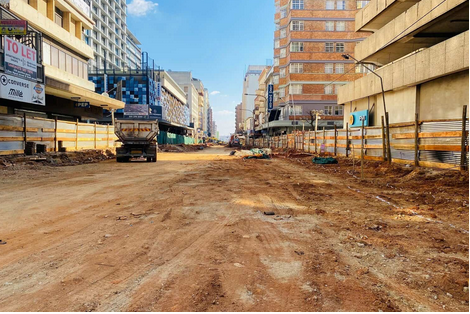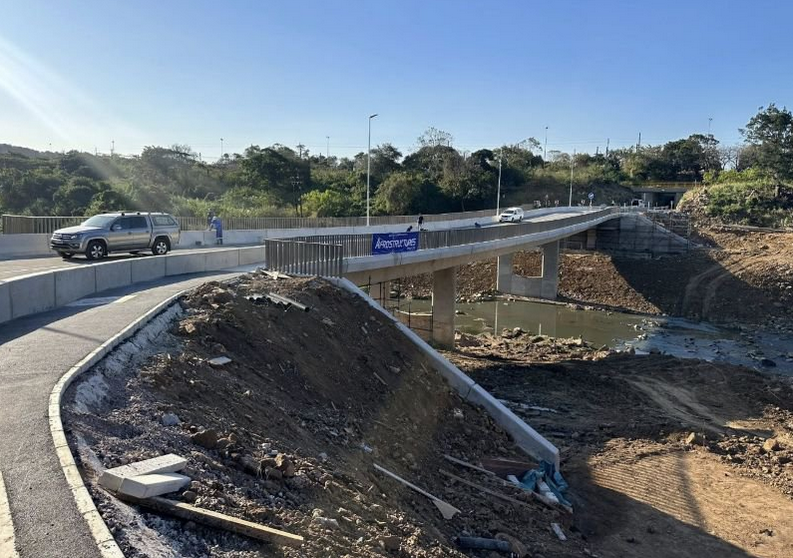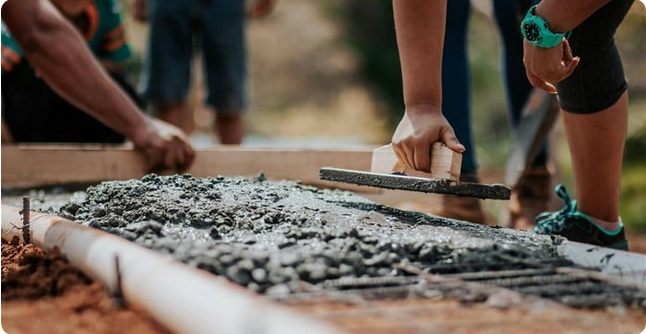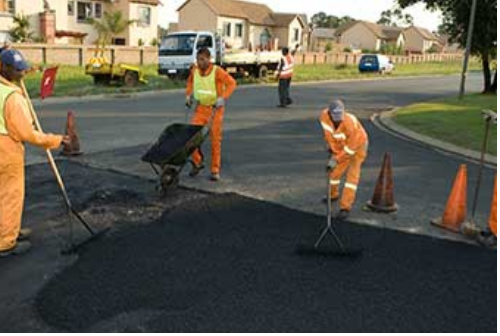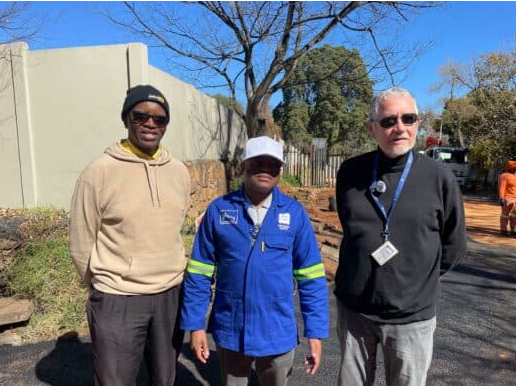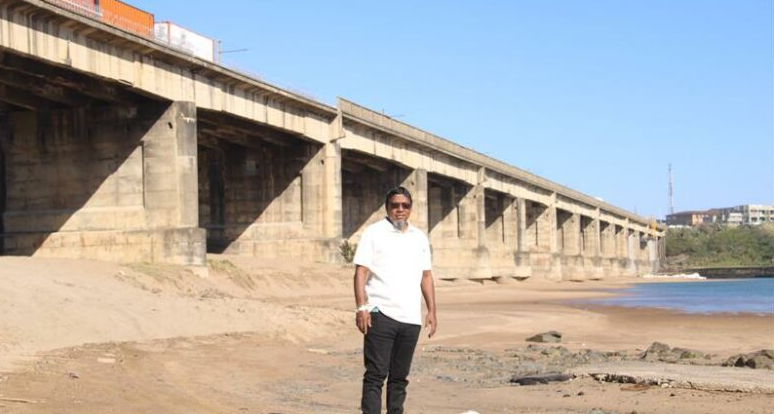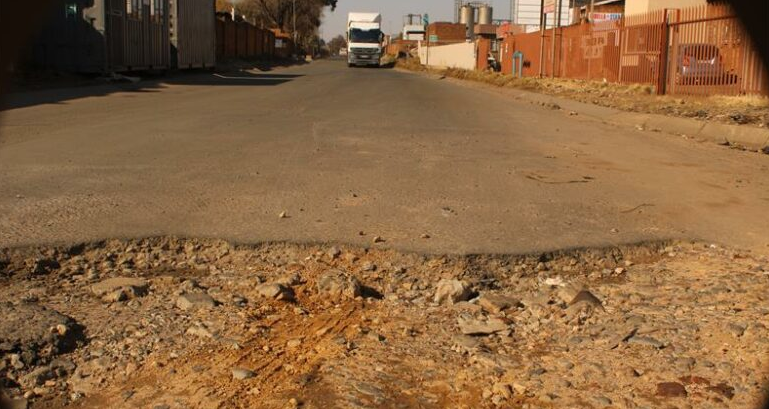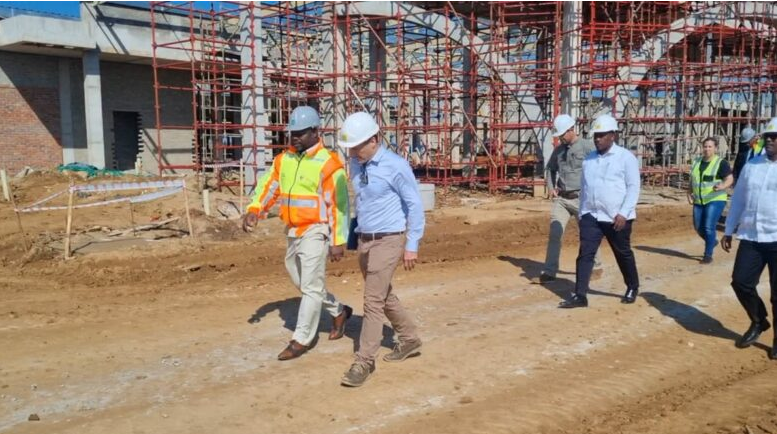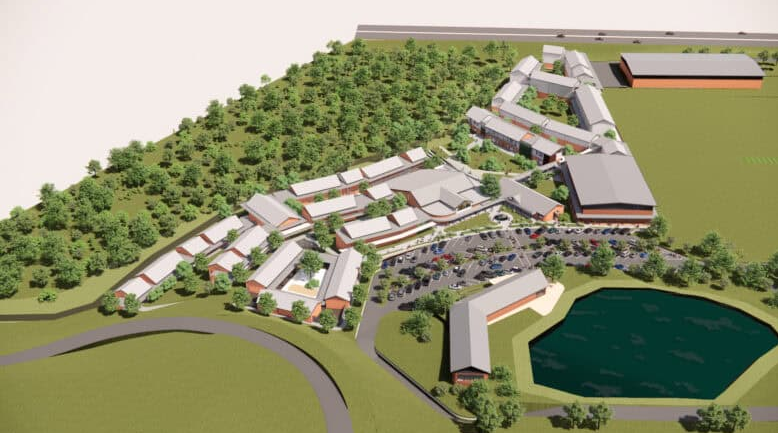Regulator gave conditional nod to Prasa’s contentious Afro4000 locomotives
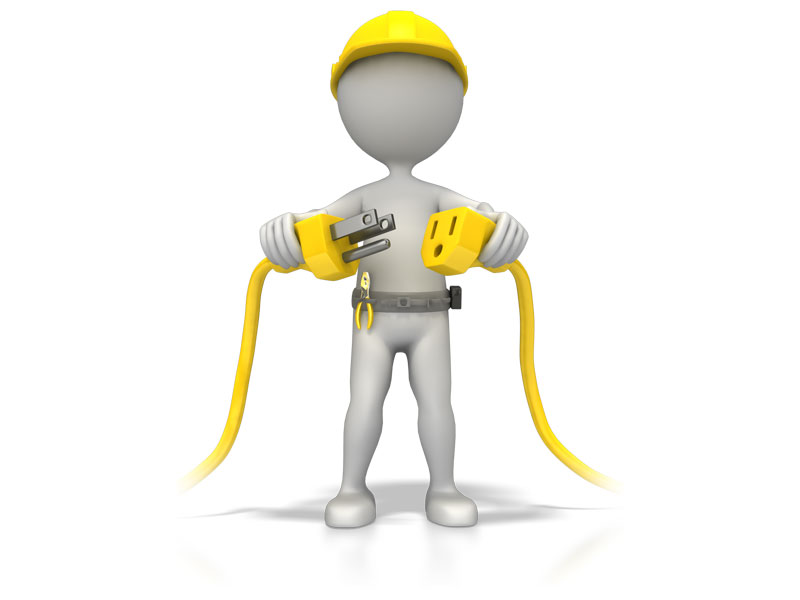
Advertising
03-12-2015
Read : 155 times
BusinessDay
Source
THE Rail Safety Regulator last month gave the Passenger Rail Agency of South Africa conditional permission to deploy its new Afro4000 locomotives for passenger services in the Free State, Northern Cape and Eastern Cape, subject to some modifications.
But three weeks after this approval was given, Prasa launched a legal process to cancel the R5bn contract to buy 70 new locomotives for its struggling Shosholoza Meyl operations.
In the legal application Prasa chairman Popo Molefe says the locomotives are "unsafe" and "not fit for purpose".
The process of selecting the winning bidder for the R4.8bn tender was corrupt and included material irregularities that were central to ensuring Swifambo Rail Leasing won the tender, Mr Molefe claims.
The Afro4000 locomotives became a contentious issue as clashes between former Prasa CEO Lucky Montana and Mr Molefe became public. Mr Montana publicly accused Mr Molefe of inappropriately involving himself in the operational matters at the agency.
Soon after the rift, media reports emerged about the locomotives being "too tall" for South Africa’s rail infrastructure.
This referred to 3Kv lines in South Africa, where the overhead infrastructure has not been maintained to Transnet’s own guideline of a 4.5m minimum height between the rail track and contact wire. Concern was raised about there not being sufficient clearance between the locomotive and the overhead electrical wire.
South Africa’s rail network has suffered decades of underinvestment. Only recently has Transnet invested heavily in its infrastructure, and its investment bias has been towards its own businesses. Passenger rail infrastructure has largely been neglected.
The RSR says in its report sent on November 4 that Prasa must make some modifications to the locomotives before they can be deployed on the 25kV rail network. These include speed restrictions and ergonomic adjustments to the driver cab.
Regarding locomotive height, the RSR says a "silencer bulged", which meant the locomotive exceeded the 4.14m requirement by 14mm. The design has been modified by Vossloh, the Spanish manufacturer, to remedy this. The RSR has accepted that the modification had been made but it will still "require formal approval" from the RSR.
It says it is monitoring other snags noted in the report that are being remedied by Vossloh.
Prasa Rail CEO Mosenngwa Mofi says in a letter to Prasa’s acting CEO, Nathi Khena that the RSR has issued "conditional approval for operational commencement".
"The requirement was that prior to commencement several open issues must be addressed to the satisfaction of the RSR," Mr Mofi says.
He then lists certified results for tunnel air quality assessments, ergonomics in the driver cab, maintenance — a lack of suitable facilities in South Africa to carry out heavy repairs — signalling snags and communication needs.
He outlines the greater issue of the maintenance programme for the locomotives, which was not finalised as a number of options were being considered, one of which was a separate maintenance contract with Swifambo. A second alternative was to contract directly with Vossloh.
Mr Mofi then states: "This process can only be finalised once the legal issues are resolved."
The RSR also makes recommendations for the use of the locomotives on the 3kV lines. "The height of the locomotive poses an operational risk for 3kV where contact wire is lower than 4.5m."
Prasa says in its response to the RSR that this is being addressed with a "corridor-by-corridor assessment by both TFR (Transnet Freight Rail) and Prasa Working Group".
Prasa says "corrective action is to be implemented on each corridor" to ensure adherence to the minimum clearance of 150mm between the roof of the locomotive and the contact wire.
Prasa spokesman Victor Dlamini said on Wednesday that the locomotives "have not been deemed safe to deploy".
"That Prasa’s application to the RSR was limited to the 25Kv lines shows that the locomotives are only suitable for those limited lines and not the South African conditions," Mr Dlamini said in an e-mailed response to questions.
Mr Montana, however, said the regulator’s report confirmed there was no problem with the height of the locomotives.
"I am not at all surprised by the outcome because we knew all along from the beginning that the locomotives not only meet but far exceed the technical and safety standards of our railways."
Recent News
Here are recent news articles from the Building and Construction Industry.
Have you signed up for your free copy yet?
